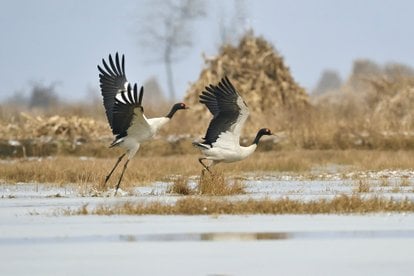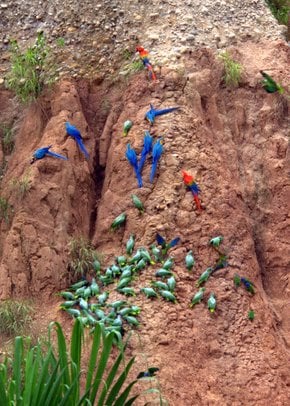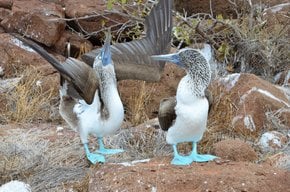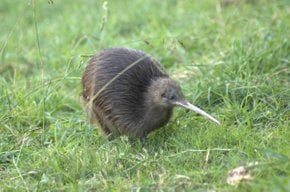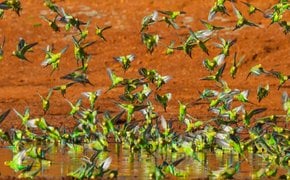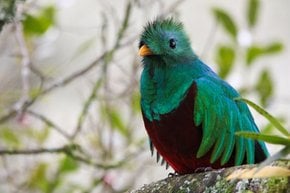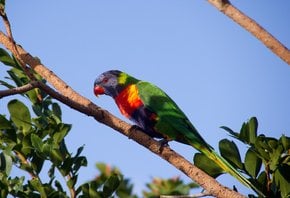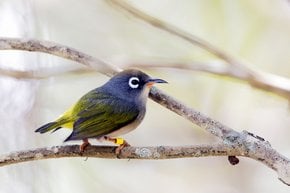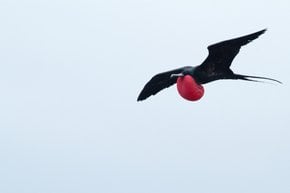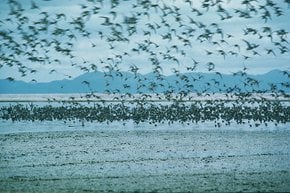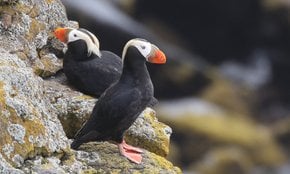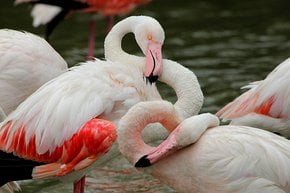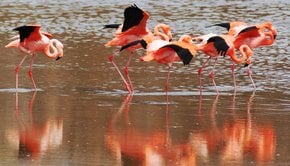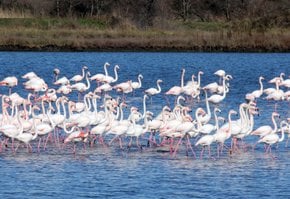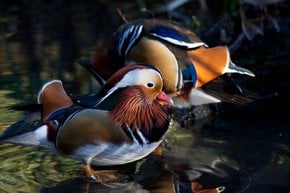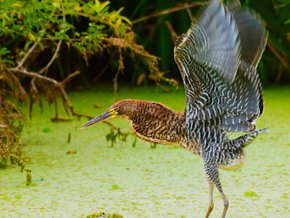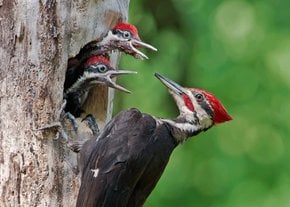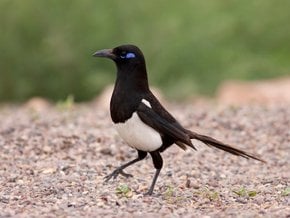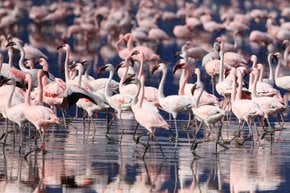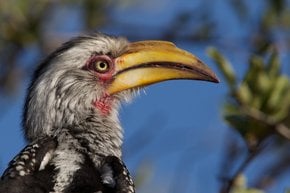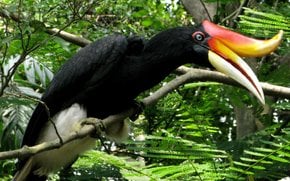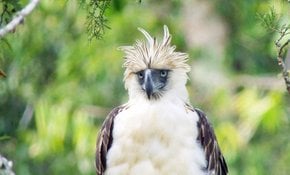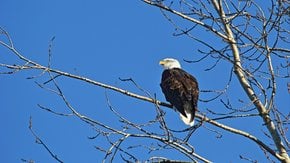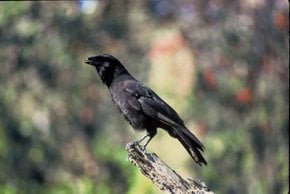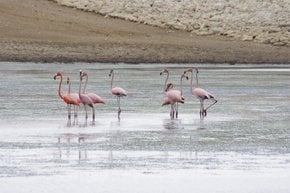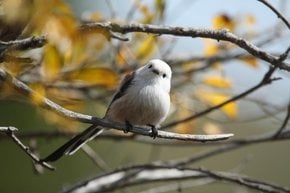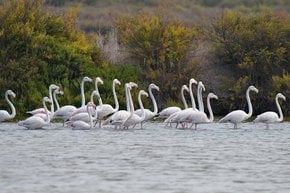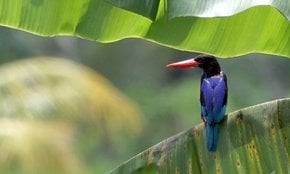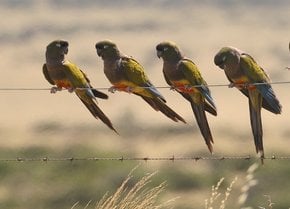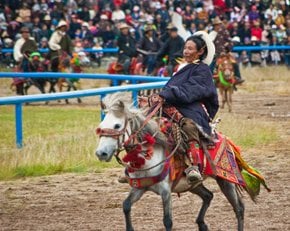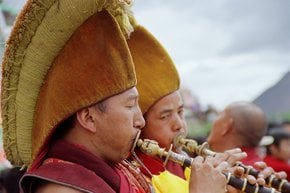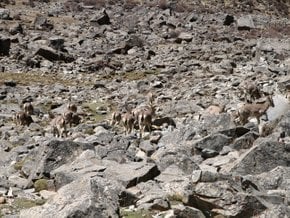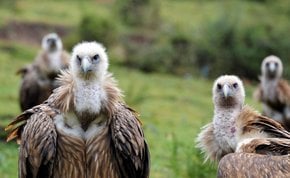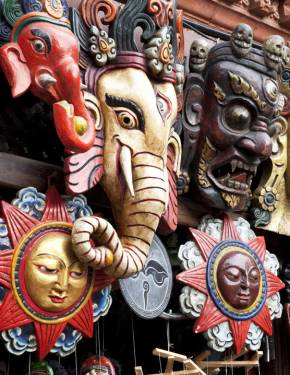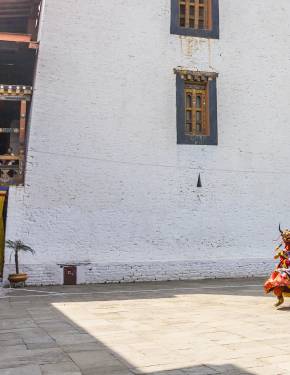Black-Necked Cranes in Tibet 2025-2026
Black-necked cranes are the only alpine cranes in the world, and the largest number of these birds can be found on the Tibetan plateau
Best time: October–March
Black-necked cranes are a unique endangered bird species that breed on the Tibetan plateau and in certain areas in the Himalayas. These are the world’s only alpine crane species that live at such high altitudes.
There are around 10,000 individuals of black-necked cranes, and Tibet is home to about 70% of this number. These birds are about 1.3 m tall, and their weight is 5-5.5 kg. They have a specific red crown, which is a featherless patch of skin. During hot summer months, these birds can be found at extremely high elevations from 3,000 to 5,000 m in the northern and central parts of the Tibetan plateau.
Black-necked cranes feed on various food like plant roots, earthworms, grasshoppers, snails, shrimp, small fish, frogs, lizards, beetles, and flies. But in winter they mostly need wheat and rice stubble fields to survive. In the colder months, starting from October, thousands of black-necked cranes migrate to the southern and central parts of Tibet. They leave their wintering grounds in late March and travel back to their high northern nests. So, October–March is considered one of the best times to spot the black-necked cranes in the preserved territories.
The most important breeding sites are the Zoige Marshes in north-west Sichuan in central Tibet. The nesting period occurs in May. Their nests look like small islands in the middle of wetlands and mudflats. You can also visit the Black-Necked Crane National Reserve in Linzhou County of Lhasa to see these charming birds.

